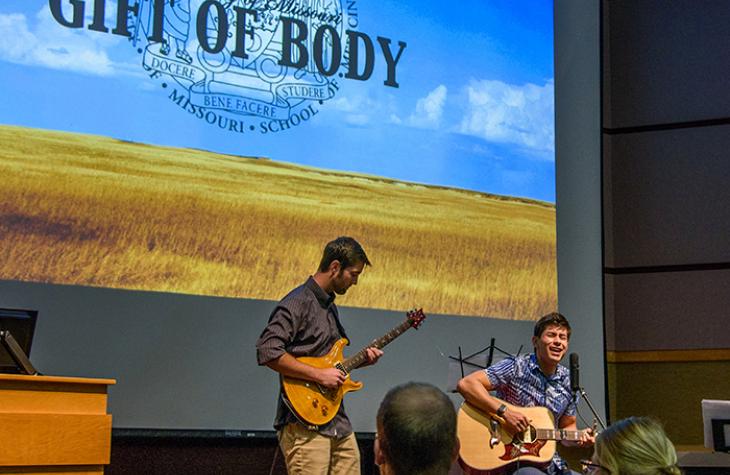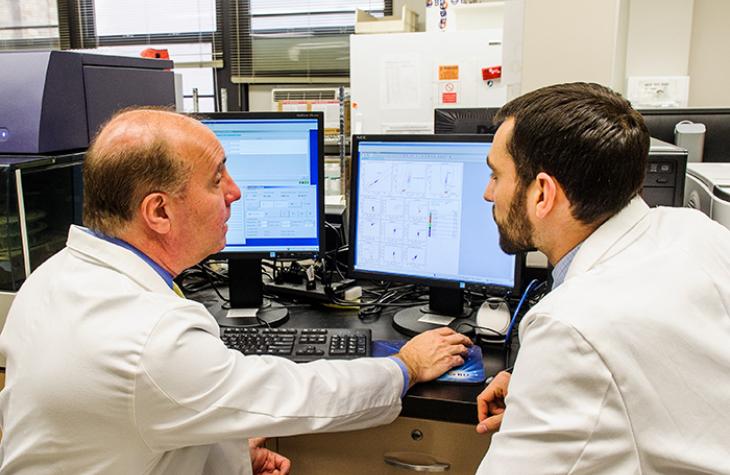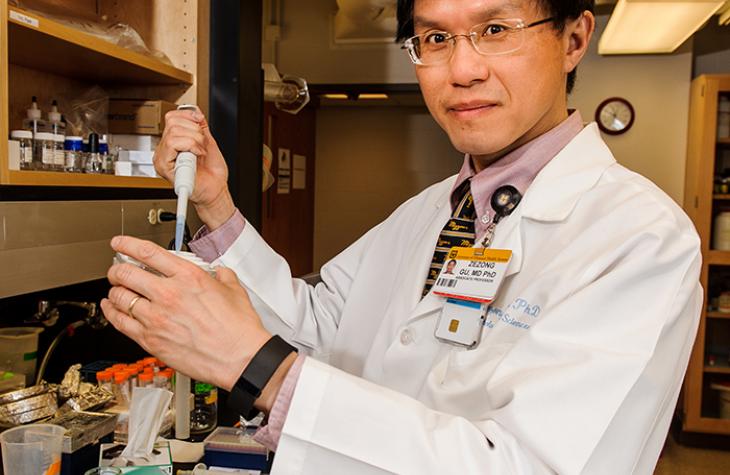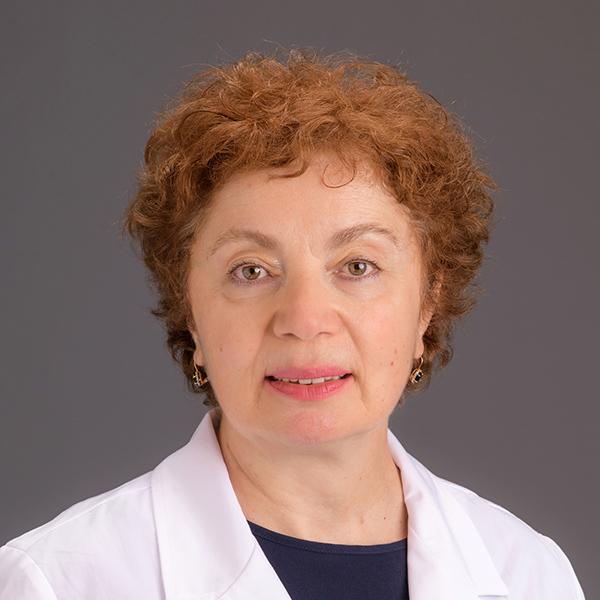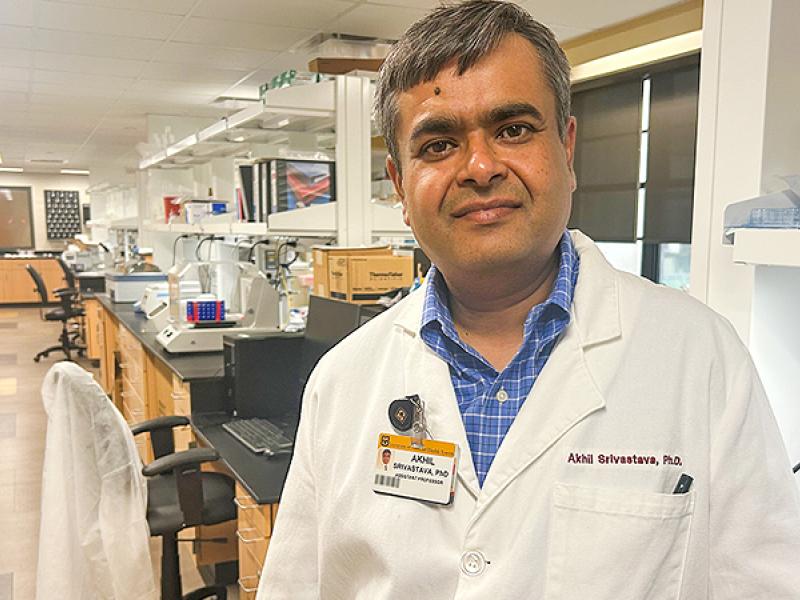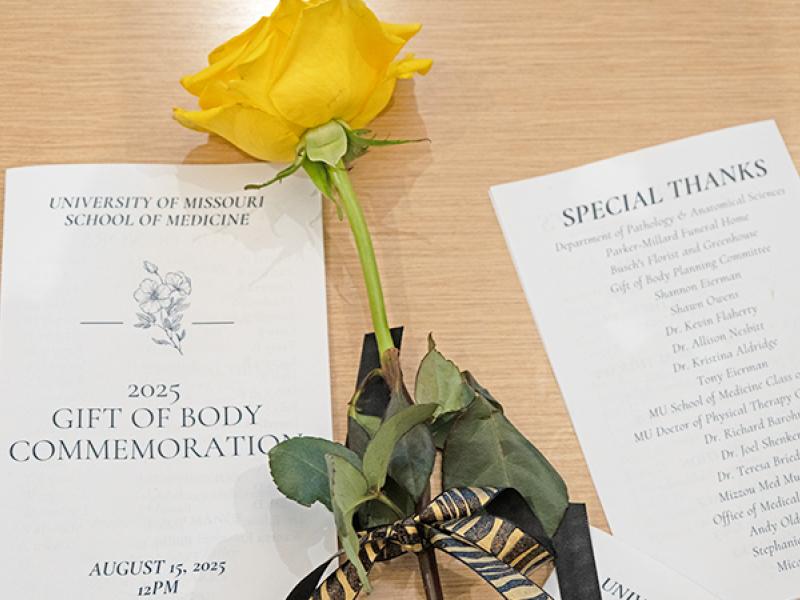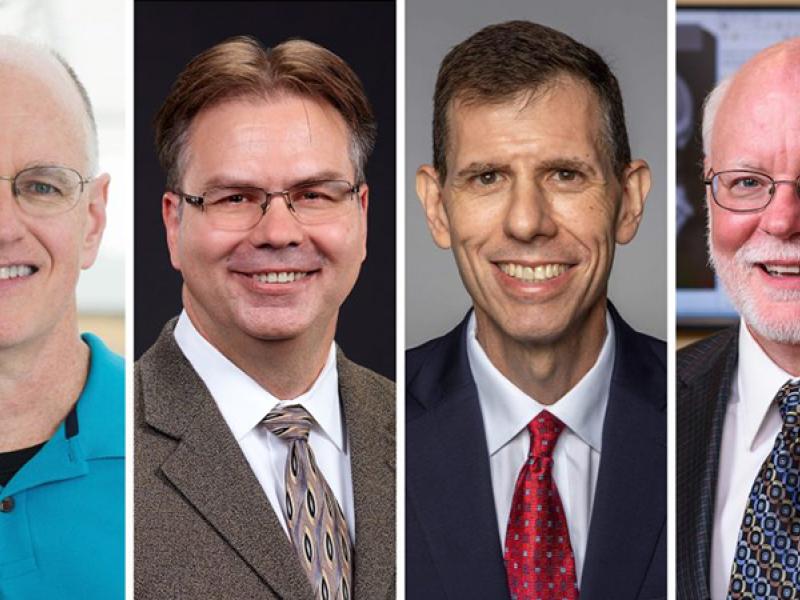Pathology and the anatomical sciences form a bridge between the basic sciences and clinical medicine. Anatomical sciences provide understanding of the structure and function of the body; pathology provides understanding of genetic, biochemical, and structural bases of virtually all disease processes and provides diagnoses from that perspective.
At the University of Missouri School of Medicine, Pathology and Anatomical Sciences are together in a single academic department encompassing all of these areas.
The divisions of the Department are:
- Anatomical Sciences: Faculty here teach medical students gross anatomy (as well as teach undergraduate courses in anatomy), and conduct research in a range of anatomical areas, including evolutionary biology and craniofacial development.
- Neurosciences: Faculty here teach the pathophysiology of neurological diseases and conduct research into various nervous system diseases, including the mechanisms of brain and spinal cord cellular damage in trauma, mechanisms of neurodegenerative diseases such as Alzheimer’s disease, and molecular alterations in central nervous system tumors.
- Cancer Research: Faculty members investigate fundamental molecular and cellular mechanisms of oncogenesis, cancer metastasis, and cancer progression.
- Anatomic Pathology: This includes diagnostic services of Surgical Pathology (making diagnoses from biopsies and excised tissues), Cytopathology, and Autopsy Pathology. Medical student education in basic histology and in pathology.
- Clinical Pathology: CP involves all laboratory testing (“laboratory medicine”), whether using PCR to identify viruses, biochemistry to detect changes in blood contents, microbiology to culture and identify infections organisms, blood banking, and hematology including flow cytometry for diagnosis of lymphomas, leukemias, and related disorders.
- Forensic Pathology: The Department houses the Office of the Chief Medical Examiner of Boone and Callaway Counties, and provides forensic autopsy services to between 35 and 50 counties across the state of Missouri.
- Digital Pathology and Informatics: This includes translational and cancer bioinformatics and digital imaging and image analysis.
In addition to teaching medical students in the regular School of Medicine curriculum, the Department has a strong graduate program in Anatomy, has graduate students and post-doctoral fellows in other research laboratories, and trains future pathologists in the Anatomic and Clinical Pathology Residency Program.


